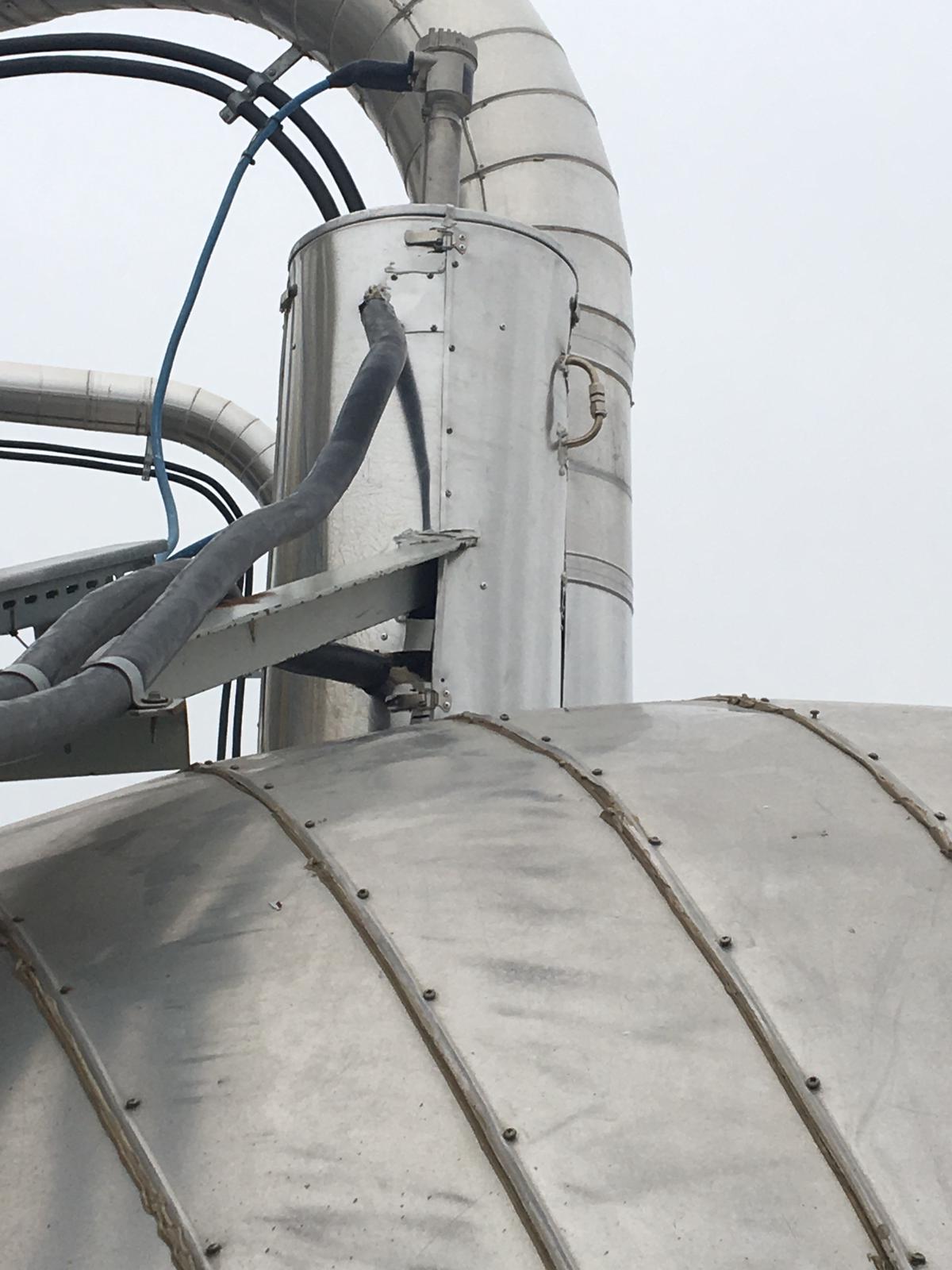Radar Level Measurement
Non-contact measurement for higher plant safety and availability
The Challenge
To maximize the efficiency of high-pressure (HP) vessels and prevent issues further in the process, it’s important to monitor and control the liquid level. Radioactive level measurement is commonly used to ensure continuous level measurement in HP vessels. It is typically done by emitting gamma radiation into the vessel, and the level is determined based on how much radiation was absorbed.
Radioactive measurement, however, poses health, safety and environmental risks and requires the following:
- Removal and sealing of the radioactive source before entering the vessel for inspections or maintenance
- Specialized knowledge and permits for handling the source
- Regular recalibration to maintain optimal efficiency and prevent issues in downstream sections
- Replacement of the source several times during the plant’s lifetime, depending on equipment
- Special waste procedures at the end of the radioactive source’s lifetime
The Solution
For higher safety and low maintenance, Stamicarbon and VEGA developed a Radar Level Measurement device, adapting the design and settings within the equipment for application in the urea process.
Radar sensors allow for non-contact level measurement of all kinds of liquids under high pressure, extreme temperatures and aggressive applications.
The radar device continuously measures the liquid levels in the HP vessel to control the liquid outlet within bounds, preventing overfilling and or gas slippage to downstream sections to ensure optimal operation of the plant. The radar is typically installed in HP strippers and urea reactors.
It is also possible to install a radar device in a different HP vessel. Please contact us for more information.
 How Does Radar Work?
How Does Radar Work?
The device sends out short radar pulses at the maximum range of 35m and transmission frequency of 6GHz, which are reflected off the surface of the process liquid in HP equipment and sent back to the device’s sensor. The difference between the sending and receiving time determines the distance to the liquid surface within the HP vessel, thus the liquid level in the HP vessel.
Each radar device is equipped with a stilling well that enables the signal to travel on the inside of the stilling well. This design helps prevent signal disturbances from the outside environment, such as high concentrations of gaseous ammonia. Therefore, a stronger, more stable, and more accurate signal is achieved, within ±8 mm.
Advantages of Radar
Stamicarbon offers radar level measurement devices based on a proven design. Radar technique can be applied in urea HP vessels instead of radioactive measurement thanks to Safurex® material, a family of super duplex stainless steels designed specifically for aggressive process conditions of urea plants.
The wetted parts of the device are manufactured from Safurex® steel, which enhances its corrosion resistance, ensuring the long service life of the sensors (approximately 15 years).

Aside from its corrosion resistance, radar provides the following advantages:
- Reliable measurement independent of process conditions
- Safety of use and handling
- High measurement accuracy
- Ease of installation and operation
- Limited need for maintenance
- Higher plant availability
- No need for recalibration
- Long lifetime
- Cost savings with remote start-up assistance, service and troubleshooting
- No requirement of special permits for installation and maintenance
- Improved sustainability compared to radioactive measurement
 Installation and Startup Assistance
Installation and Startup Assistance
All radar devices are calibrated before delivery and are equipped with a remote access device to enable remote commissioning and startup. During commissioning, the correct functioning of the radar is demonstrated.
Mechanical Modifications
Often existing HP vessels might require modifications and welding of Safurex® steel to be able to install the radar instrument. For this, Stamicarbon can arrange engineering and the execution of welding activities by our qualified welders or offer Safurex® welders’ training and certification for your welders. Stamicarbon can also perform necessary nozzle and stilling well modifications to ensure compatibility with radar. If needed, internal modifications can be done on the vessel, depending on your equipment.
Radar Level Measurement in Non-Stamicarbon Plants
Stamicarbon can install the device in new HP equipment or replace radioactive level measurement in existing equipment with radar. It can be applied in plants based on Stamicarbon and non-Stamicarbon technologies.
Contact us to check the possibilities within your plant.


